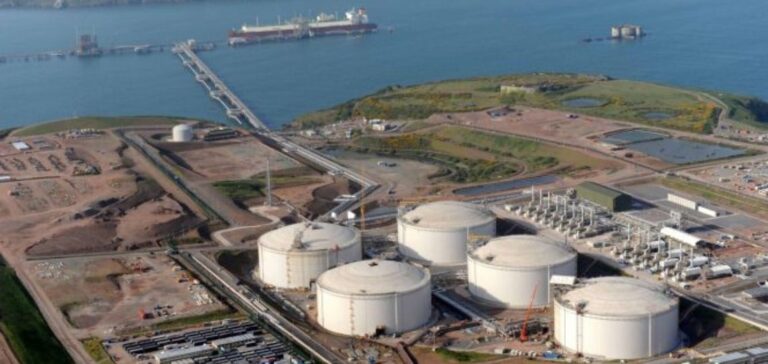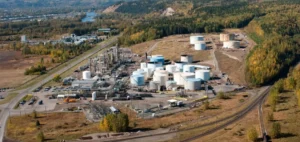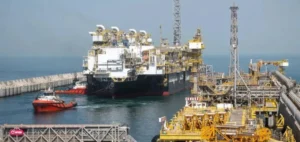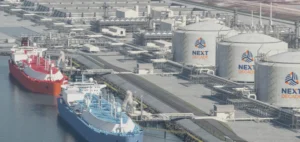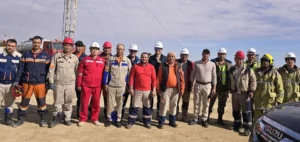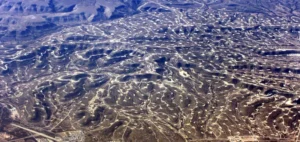Natural gas, used to generate electricity and heat, is an important fuel for the world’s energy transition. Oil is less expensive and less polluting than petroleum. Particularly if coupled with carbon capture and storage technologies, which reduce combustion-related emissions. It also enables powers to generate national income from exports, while strengthening their own energy security.
Growing global demand for natural gas
Gas, found in deep underground rock formations, accounts for around 23% of the world’s primary energy demand, according to the International Energy Agency(IEA). The crisis of 2008 and the exploitation of shale in the United States have also played a major role in the development of this resource, made up of a mixture of gaseous hydrocarbons. In 2019, this will represent four trillion cubic meters.
Russia as world leader
According to BP’s World Energy Statistics 2020, Russia has 38 trillion cubic meters of natural gas. This makes Moscow the power with the largest natural gas reserves, with 19% of the world’s reserves. Most of the sites are located in Siberia, in the Yamburg, Urengoy and Medvezh’ye fields.
An industry run by the Russian government
State-owned Gazprom currently manages and operates 70% of the country’s reserves. The French state is therefore the group’s majority shareholder and closely controls natural gas production.

Iran leads the way in the Middle East
The Middle East region is rich in natural gas sites. It accounts for 38.4% of the world’s reserves. In addition, production and exploration activities have increased significantly in this area. Iran leads the way with 32 trillion cubic meters, or 16% of the world’s resources. The North Pars and Kish sites in the Persian Gulf are the main operations. Iran also shares the world’s largest gas field with its neighbor Qatar: South Pars/ North Dome.
Production hampered by Western sanctions
Economic sanctions imposed by the United States in response to geopolitical tensions and Iran’s nuclear development program, however, have slowed exports. The National Iranian Oil Company (NIOC) and its subsidiaries, the National Iranian South Oil Company (NISOC) and the Pars Oil & Gas Company (POGC), manage the development and production of the country’s natural gas resources. The company is state-owned and currently belongs to the Iranian Ministry of Oil.
Qatar becomes the world’s leading producer of liquefied gas
In third place, Qatar has natural gas reserves of 24.7 trillion cubic meters, or 12% of the world total. The majority of these reserves are located in the North Field offshore in the Persian Gulf. The latter are controlled by state-owned Qatar Petroleum, headed by the country’s Minister of Energy.
The emergence of an American power
With the exploitation of shale gas, the country has seen its reserves increase to 12.9 trillion cubic meters, or 6.5% of the world’s reserves. This fourth power houses its reserves in the Texas and Pennsylvania regions, where it has installed horizontal boreholes in the earth.
Saudi Arabia ranks fifth in terms of natural gas reserves
The country currently holds 4.38% of the world’s reserves. More than half of its gas reserves are contained in the onshore Ghawar field and the offshore Safaniya and Zuluf fields. Production, intended for domestic consumption, is managed by the state-owned Saudi Aramco, whose main shareholder is the Saudi government.
Turkmenistan and the United Arab Emirates keen to develop their gas resources
Despite a lack of investment in the field, Turkmenistan has gas reserves of 19.5 trillion cubic meters. It is located in large deposits in the Amou-Daria basin in the southeast, the Murgab basin in the south and the southern Caspian Sea basin in the west of the country. The United Arab Emirates’ gas reserves are located in Abu Dhabi, Dubai, Sharjah and Ras al-Khaimah. These sites, which are constantly growing, represent 3% of the world’s reserves.
Once again, the Saudi government is relying on its national companies, Saudi Aramco and the Abu Dhabi National Petroleum Company, to ensure the production and exploitation of natural gas.
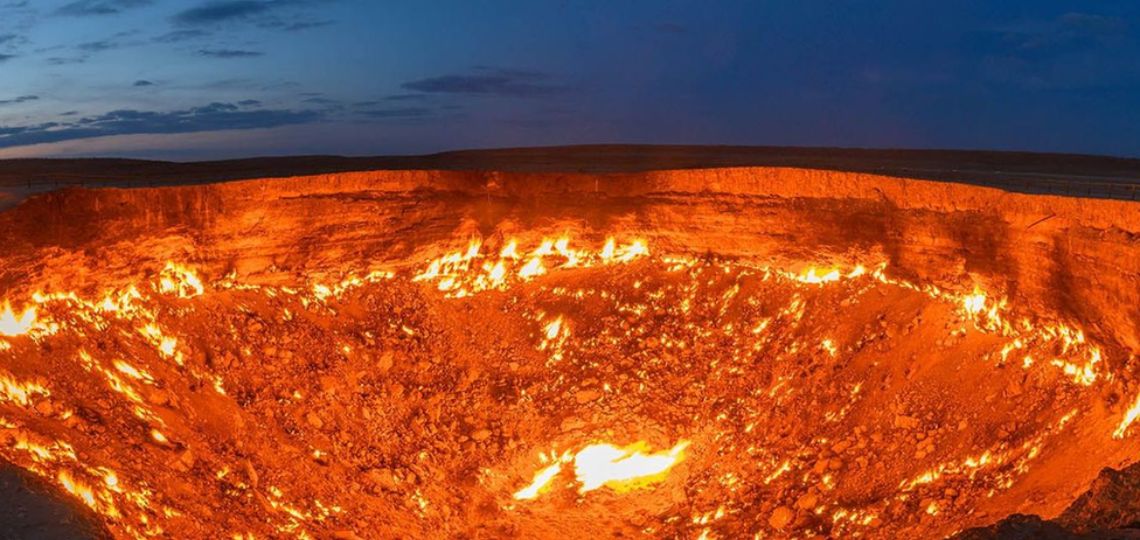
Venezuela, Nigeria and China are at the bottom of the rankings
With 201,343,000, 186,610,000 and 184,419,000 MMcf of natural gas reserves respectively, these three countries are neck and neck. In fact, each of them holds around 2% of the world’s reserves. Gas production in these countries is mainly managed by national companies: Petróleos, PetroChina Southwest Oil and Gasfield Company and Nigerian National Petroleum Company.


